C2/Carbylamine Choline Chloride: The KGB Poison Developed in Cold War Russia
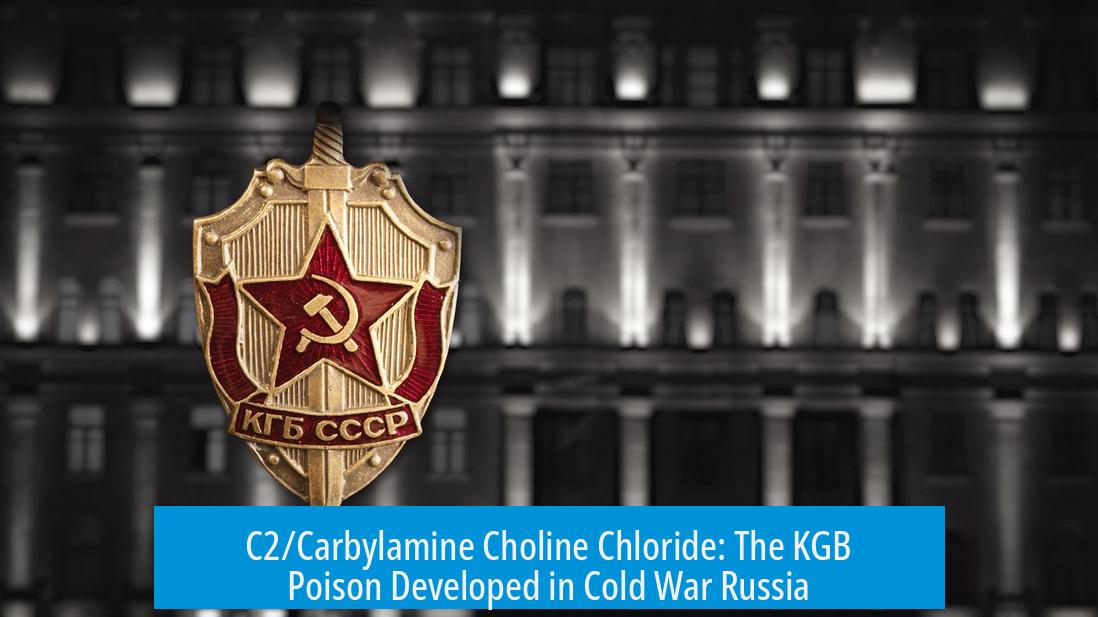
C2, known as Carbylamine Choline Chloride, is a potent cholinesterase inhibitor closely related to agricultural pesticides. This compound acts as a fast-acting poison causing toxic effects similar to organophosphate poisoning, and it has been speculated to have been developed or used by Cold War Russian intelligence agencies such as the KGB.
Chemical Nature and Properties
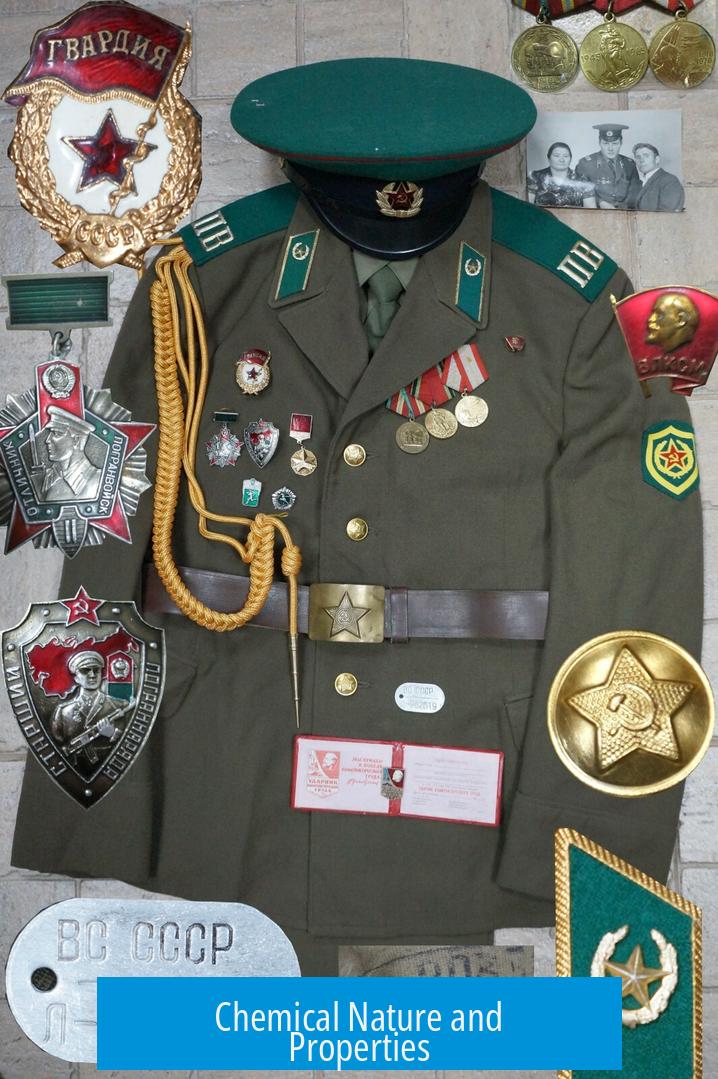
Carbylamine choline chloride is water soluble and exhibits strong inhibition of cholinesterase enzymes. This inhibition disrupts normal nerve signal transmission by increasing acetylcholine levels at synapses, leading to continuous nerve stimulation.
- Water solubility facilitates rapid absorption and distribution in the body.
- Related structurally to agricultural pesticides targeting similar enzymes.
- In contrast, simple choline chloride is chemically inert and lacks these toxic effects.
Pharmacological and Toxicological Effects
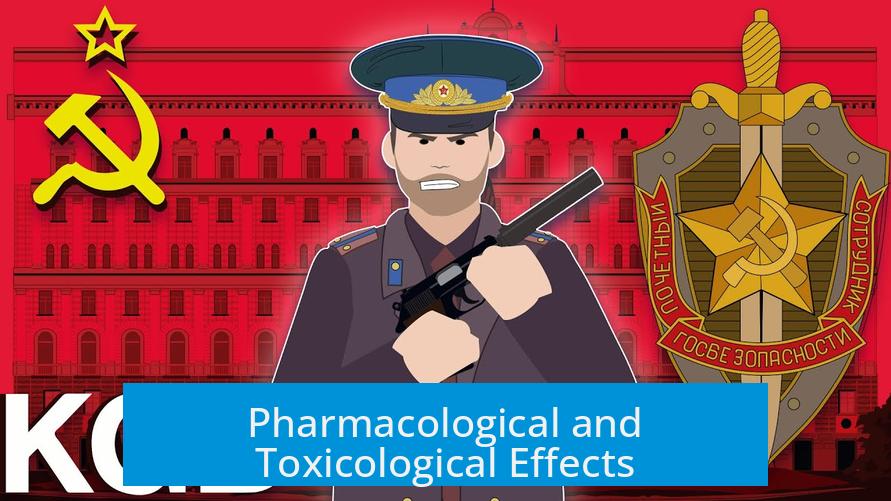
The poisoning caused by C2 mirrors organophosphate toxicity, with symptoms stemming from excessive acetylcholine activity. It acts quickly, but differs from succinyl choline poisoning in symptomatic presentation.
- Likely interferes with acetylcholine signaling, similar to quaternary ammonium compounds.
- May possess muscle-relaxant or paralytic properties, potentially causing diaphragm paralysis.
- Death from large doses results from respiratory failure due to paralysis of breathing muscles.
Relation to Other Known Poisons and Muscle Relaxants
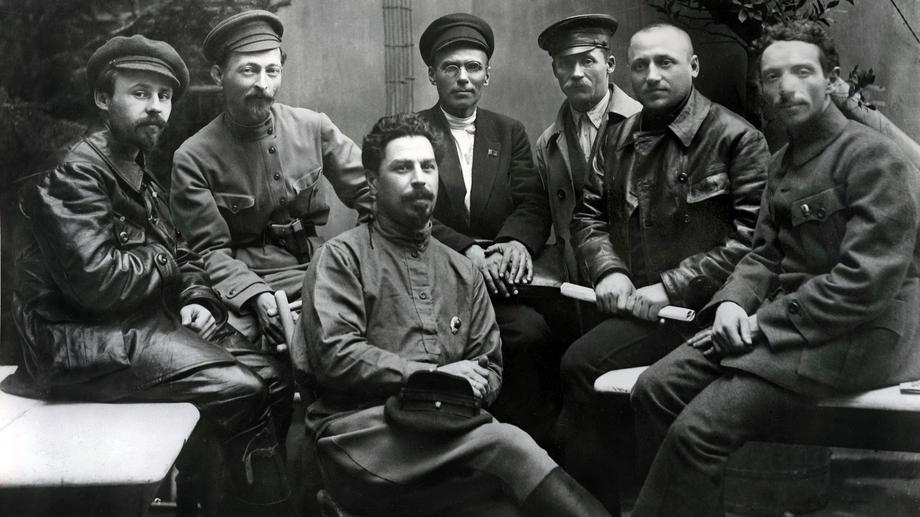
C2 bears similarity to compounds like succinyl choline, a medical muscle relaxant given via injection. Other related compounds include curare and synthetic “-curonium” drugs, which block neuromuscular transmission.
- Succinyl choline is fast-acting and paralyzes muscles by similar mechanisms.
- Curare, historically used as hunting poison, acts by blocking acetylcholine receptors.
Historical and Speculative Context

Although explicit historical records linking C2 to the Cold War or the KGB are scarce, speculation arises from its mechanism and potency. Some sources suggest C2’s formula and application as a covert poison during Cold War espionage.
Further research and declassified material are required to confirm its exact development and use.
References and Further Information
Key Takeaways
- C2 is a water-soluble, potent cholinesterase inhibitor causing organophosphate-like poisoning.
- It likely acts as a muscle relaxant/paralytic leading to respiratory failure in high doses.
- The compound shares features with known poisons such as succinyl choline and curare.
- Speculation connects it to Cold War KGB poison development, but direct evidence is limited.
- Further study and disclosure may clarify its historical context and full toxicological profile.
C2/Carbylamine Choline Chloride: The KGB Poison Developed in Cold War Russia
So, what exactly is C2, or Carbylamine Choline Chloride, and why is it linked to KGB poison lore from Cold War Russia? At heart, this compound is a powerful cholinesterase inhibitor that acts fast—its toxic effects mimic those of notorious organophosphate pesticides, but with a twist. It’s a silent assassin disguised in chemistry, and its backstory is just as intriguing as its mechanism.
Carbylamine Choline Chloride stands out for one simple reason: it’s a water-soluble compound capable of paralyzing victims by blocking the enzyme that breaks down acetylcholine. This leads to a buildup of the neurotransmitter, causing overstimulation of muscles, especially those controlling breathing. Death comes through diaphragmatic paralysis, which stops breathing in its tracks. A cold, clinical way to go, befitting a poison born in the shadows of Cold War espionage.
Peeling Back the Chemical Curtain
Before diving into the spy drama, let’s clarify the chemistry. Carbylamine Choline Chloride shares a family resemblance with agricultural pesticides. Like those, it inhibits cholinesterase—an enzyme crucial for nerve function—causing symptoms very much like organophosphate poisoning.
Now, don’t confuse it with plain choline chloride, which is mostly inert and harmless. Carbylamine Choline Chloride carries the “oomph” factor. Imagine the difference between a vitamin supplement (choline chloride) and a toxic chemical weapon (carbylamine choline chloride). Big league stuff.
This compound’s water solubility means it can spread systemically and act fast. If the goal is to quietly incapacitate or eliminate a target, speed and stealth are key. Poison that dissolves and circulates quickly fits that bill like a glove.
The Spy’s Toolbox: Targeting the Nervous System
Now we wade into the territory of pharmacology and toxicology. Because C2 effects mimic organophosphate poisoning, the manifestations include muscle tremors, excessive salivation, and respiratory distress. Still, some speculate it might act more like a muscle relaxant or paralytic agent, akin to succinyl choline or curare.
Why mention succinyl choline? Because it’s a fast-acting paralytic used medically—injectable since it doesn’t work orally. It blocks neurotransmission, causing muscle paralysis. While succinyl choline is used in anesthesia, a compound like C2 could be weaponized to cause paralysis and suffocation without obvious symptoms initially.
Historically, curare and related compounds were used as hunting poisons in South America, paralyzing prey silently. C2’s chemistry hints at a similar modus operandi. Both share quaternary nitrogen atoms that interfere with acetylcholine signaling, making muscles unable to contract—especially the diaphragm, the muscle of breathing. Paralysis of this muscle leads to death by suffocation without much fuss.
The Cold War Connection: Rumors, Mysteries, and Theories
Did the KGB really develop Carbylamine Choline Chloride as a poison? While there’s no explicit official record proving this, the mix of chemistry, pharmacology, and Cold War espionage makes it an irresistible hypothesis.
Some online sleuths have even claimed to find formulas matching C2, stirring curiosity in forums and video discussions. For example, a 4-year-old online post reveals a chemical formula shared by an anonymous source. Anecdotal videos dissect the poison’s mechanics and speculate on its use by Soviet operatives.
Steamy tales of spies disappearing after a whispered encounter or sudden mysterious deaths add an aura of myth to C2. Poison with no easy antidote, mismatched symptoms from traditional organophosphates, and a quick, quiet kill are hallmarks of sophisticated espionage poisons—perfect for Cold War cloak-and-dagger operations.
Practical Takeaways and What This Means Today
What can we learn from this shadowy chemical history? First, understanding cholinesterase inhibitors has medical and toxicological importance. It informs treatment of pesticide poisoning and potential chemical attacks.
If you’re a curious chemist or a history buff, diving into compounds like C2 reveals fascinating intersections between chemistry and geopolitics.
For those concerned about safety, it’s a reminder to respect such chemicals. Agricultural pesticides related to cholinesterase inhibitors highlight real-world dangers—not just Cold War ghost stories.
Got Poison? Safety and Resources
Curious about the science? The PubChem entry for Carbylamine Choline Chloride offers detailed chemical information. For safety data on its more benign relative, choline chloride, see the Material Safety Data Sheet.
Staying informed about dangerous chemicals is your best defense—for scientists, medical professionals, or just intrigued minds.
Wrapping It Up
Carbylamine Choline Chloride is a fascinating chemical given fame by Cold War mythos. It’s a fast-acting, water-soluble cholinesterase inhibitor that can suffocate victims silently by paralyzing their diaphragm.
Linked to agricultural poisons chemically but wielded differently, it shares traits with muscle relaxants like succinyl choline and curare. Though the exact origins remain speculative, the compound fits right into the KGB’s poison arsenal narrative. The blend of science and spycraft here is a potent tale of chemistry’s dark side.
Ever wonder what goes into a poison that is invisible, silent, and deadly? C2 offers a chilling peek. Whether truth or legend, it reminds us how chemistry can become a tool of shadows.


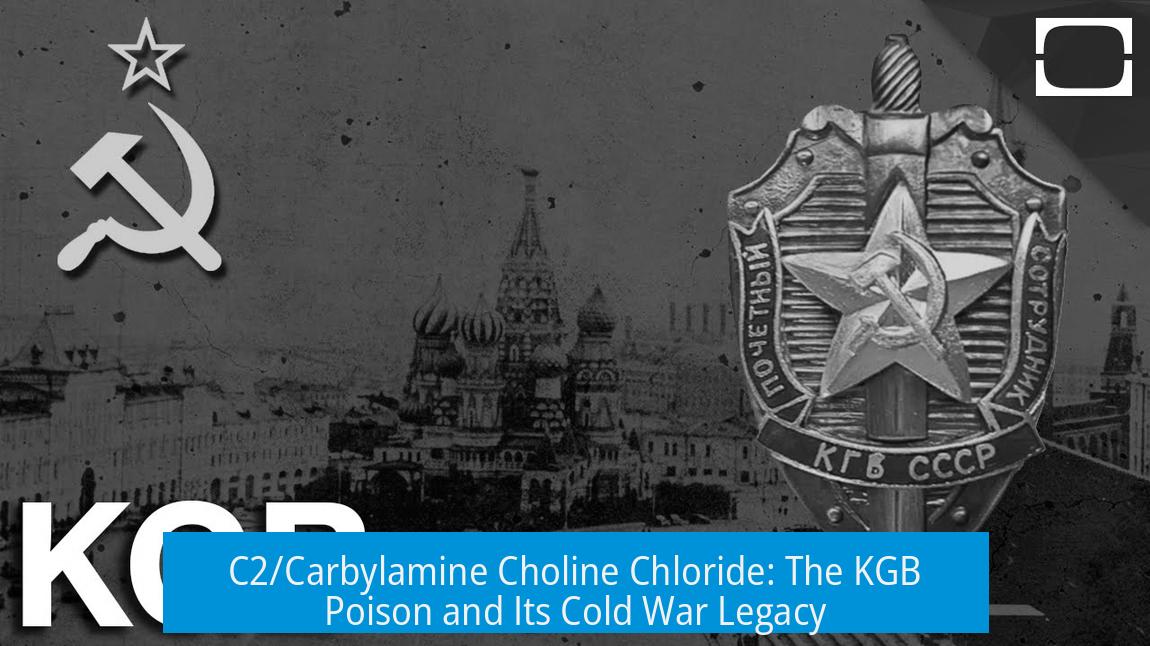


Leave a Comment